Energy Transition
40%
From its 2014 level.
Global demand for gas is on the rise.
Increased expected by 2030
Gas is a key transition energy thanks to its flexibility and capacity for responding to the strong growth in demand.
- Widely available resources, well redistributed worldwide thanks to LNG.
- A simple and immediate solution for decarbonizing electricity and industry, especially in high energy consuming sectors (steel, cement, etc.).
- It is versatile and thus an ideal partner for renewables, which are intermittent and seasonal by nature.
- A core component of numerous coal-consuming countries’ roadmaps towards their Net Zero ambition.
- A source for massively developing blue hydrogen with carbon capture and storage (CCS) technologies.
LNG
Many people in need of energy are located far from gas fields, making pipelines too impractical or costly to build. To get around this problem, gas can be cooled to make a liquid, shrinking its volume for easier, safer storage and shipping overseas.
Natural gas is produced then processed and chilled to -162° Celsius (-260° Fahrenheit). This shrinks its volume by 600 times to create LNG.Once liquefied, natural gas can be transported and delivered to places of consumption. Global demand for liquefied natural gas (LNG) is growing strongly, rising by 9% a year between 2015 and 2021. Island Energy is evaluating the development of its gas resources through floating LNG.
FLNG
Floating liquefied natural gas (FLNG) technology is complementary to conventional onshore liquefied natural gas (LNG) as it helps to accelerate the development of gas resources to meet the world’s growing demand.
FLNG technology makes the production, liquefaction and storage of natural gas possible at sea helping to develop stranded gas reserves.
The advanced design of an FLNG facility packs a typical land-based LNG plant into a fraction of its normal size.
Reduced Impact
FLNG technology also offers a more environmentally-sensitive way to develop natural gas resources as it has a smaller environmental footprint than land-based LNG plants, which require major infrastructure works. It also eliminates the need for long pipelines to land.
There are several FLNG plants in operation including the Hilli Episeyo located offshore Kribi, in Cameroon. Others include the Petronas-owned 1.2 mtpa PFLNG that started operations in 2017 and Shell’s Prelude FLNG off Western Australia.
Renewable
Energy
Renewable energy, called sometimes new energies, refers to energy that comes from sources that can be replaced continuously in nature, such as sunlight, water, and wind. They’re more sustainable than fossil fuels, which will run out over time; their carbon footprints are far smaller; and they are safer for the environment.
Despite the benefits that renewable energy poses for reducing carbon emissions, we’re not at a stage when we can switch completely. Power from sources like wind and the sun can fluctuate depending on what the weather is doing, and we can’t easily store electricity from these sources as it’s produced. Island Energy continues to evaluate opportunities for renewable energy.

Solar Power

Wind Power

Hydrogen

Hydro Power

Bio Fuels
Digitisation
Technology plays a crucial role in the transformation of Energy and we have proactively embraced it.
Digital technologies are transforming our lives in ways that were unimaginable even a decade ago. This digital transformation of the energy industry is improving efficiency and safety, and it is facilitating the increased use of renewable energy.
We are at a tipping point of exponential technological advancement. Machine learning and artificial intelligence are no longer science fiction; they are already automating and optimising operations. Digital technologies are driving cost efficiency, providing new revenue opportunities and changing business models. They have the potential to redefine the oil and gas industry.
But the digital transformation is about more than technology. It is also a cultural change, about people and agile ways of working. Island Energy collaborates with service providers that deploy cutting edge technology to help us unlock value from the data we have access to. They develop solutions, allowing us to learn and improve all the time.
